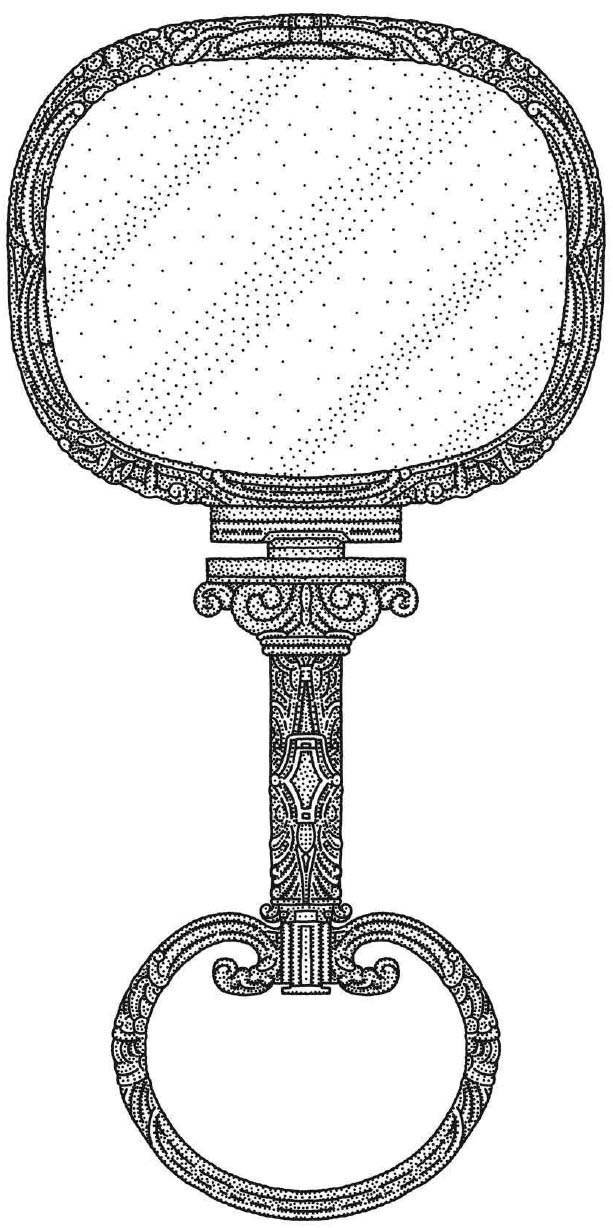CONCLUSION

Our Regency
Ten short years in the grand scheme of history.
But a singular moment. A clearly inimitable period, distinct from the eras around it in subtle but important ways that have led to an enduring fascination.
Why? Everyone wants to know. What about the Regency continues to draw us in?
I wish I had the answer (I would make millions of dollars).
I hope what is clear is that there is a duality here: The Regency was a unique moment, and that uniqueness has inspired everything that has come after, and those two Regencies—the real one and the fictionalized one—have melded and brought us to where we are today.
The Regency is a period of fascination for so many—academics, novelists, filmmakers, casual readers, and amateur history enthusiasts alike fall for its charms. And so we are given many versions of the Regency, overlaid with each individual’s biases and affections.
We have a tendency to stereotype historical eras. The Regency’s stereotype is born from beloved fiction both historical and contemporary—and to ignore this pastiche is to miss something essential to the Regency era we know today. The world Jane Austen created, and so many imitated after, is so real we feel like we are just a step away as a reader.
Like so many, I have a deeply personal relationship with the Regency due to the hundreds of romance novels I have read set in the period. The ballrooms of Almack’s and the country manors of earls and dukes were brought to life for me from a very specific perspective: that of a romance heroine.
Regency romance novels center on women. Their sexual desires, of course. But also their ambitions. Their triumphs and their failures. Their friendships and their relationships. Regency romance novels told me that there have always been ambitious and passionate women throughout history; we just need to look for them.
Regency romance novels challenged me to consider the real history from the perspective of the young fictional women I was reading about. These novels are peppered with historical events ranging from the comet of 1812 to the Napoleonic Wars, and the heroines interact and react to these events, encouraging the reader to consider the interior and emotional lives of women—a facet often missing from history books. Regency romance novels get knocked for historical inaccuracy all the time. Critics say that their historical setting is simply window dressing. But that’s not true at all. Regency romance novelists do their homework. Their works often include bibliographies or author’s notes where the reader is brought into the creative process, getting a peek at what actual historical figure, event, text, image, what have you, inspired the author.
So many of the women profiled in this book put pen to page and left behind a written record. In letters, journals, novels, poems, plays, and memoirs the women of the Regency wrote themselves into the historical narrative.
In the way of history, many of these women have been forgotten or reduced to single sentences. Networks of women have been fractured, with some lucky women separated out and held up as trailblazers, making it difficult to connect the original circles. But whether connected in real life or later by historians, these webs of women spread across the entire Regency era.
“Boldly mould, invent, design,”1 Georgiana, Duchess of Devonshire, urged her niece Lady Caroline Lamb in her Christmas poem.
Those words echo through time, particularly poignant to a modern reader who can see what history has done to these vibrant, complicated women.
They remind us of the human side of these networks—the real relationships at the heart of these webs—and the resilience of women’s words. Georgiana, Caroline, and so many others left us their words. They wrote their own stories. They were mad and bad and dangerous to know.